Discover how TikTok managed to return to U.S. users in under 24 hours after being banned. Learn about the legal maneuvers, negotiations, and key factors that led to the app’s swift reinstatement. Get the full story behind this rapid turnaround.
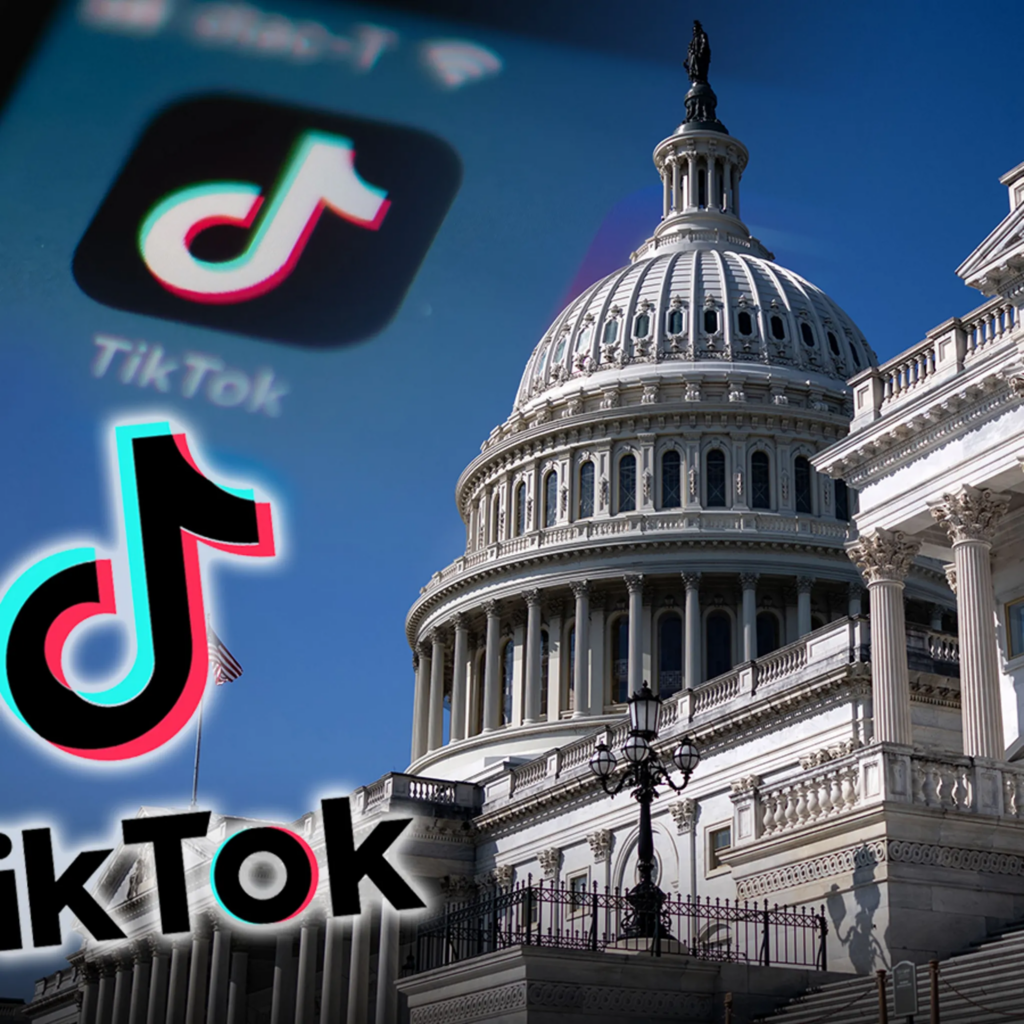
The Ban That Shook Social Media
In a dramatic turn of events, TikTok faced an abrupt ban in the United States, leaving millions of users scrambling for answers. The move, attributed to concerns over data privacy and national security, sparked widespread outrage and confusion. Yet, in less than 24 hours, the app was back online, prompting the question: What allowed TikTok to make such a swift comeback?
Read more:
- Taylor Swift and Travis Kelce’s relationship faced a “major setback” when fans noticed a “growing distance” between them after The Eras Tour concluded.
- Ryan Reynolds’ “fatherly instincts” kicked in when he made a “bold decision” about his career to spend as much time as possible with his children. What happened?
- Justin Baldoni nearly lost his mind in his quest for revenge when he unexpectedly “sent a letter” to the president of Marvel Studios to expose Ryan Reynolds’ crimes. What happened?
The initial ban, announced through an executive order, cited allegations that the app’s parent company, ByteDance, mishandled user data and posed a security risk to American users. The decision was part of an ongoing tension between the U.S. government and Chinese technology companies. While the ban seemed poised to stay in effect for a significant duration, behind-the-scenes actions told a different story.
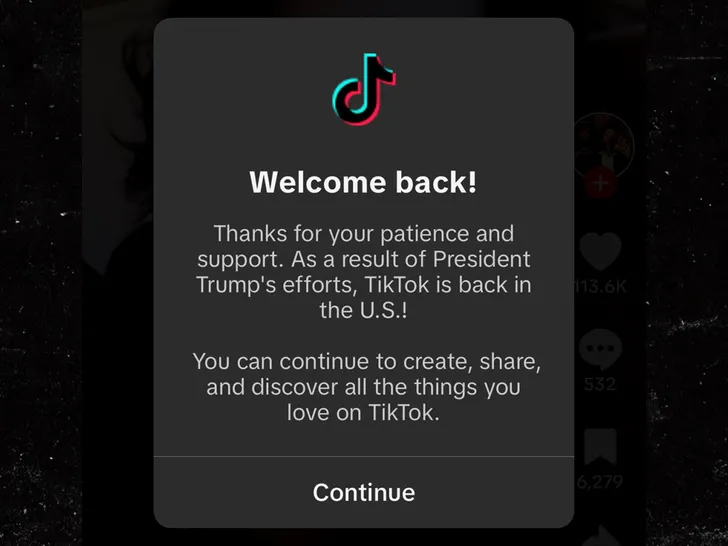
Behind the Scenes: Legal Maneuvers and Negotiations
TikTok’s rapid return was largely facilitated by strategic legal maneuvers and high-stakes negotiations. The company’s legal team immediately filed for a temporary injunction to halt the enforcement of the ban, arguing that the action violated due process and lacked sufficient evidence. U.S. courts were quick to respond, granting TikTok temporary relief while the case was reviewed.
Read more:
- Richard Hammond broke his silence, revealing that he is facing “severe complications” following a devastating car accident and stating that this is also the reason his wife “cruelly abandoned” him.
- “Blinded by money,” Brad Pitt and Angelina Jolie unexpectedly showed “signs” of agreeing to get back together after receiving a “huge sum of money.”
- Not just a pretty face, Timothée Chalamet successfully captivated fans with his “profound knowledge” in his latest video.
Meanwhile, ByteDance engaged in intense discussions with U.S. officials. Reports suggest that the company made several assurances to address data privacy concerns, including commitments to store American user data on domestic servers and increase transparency in its operations. These assurances played a pivotal role in easing governmental concerns, paving the way for the ban to be lifted temporarily.
Industry experts have noted that TikTok’s proactive approach—both in the courts and in negotiations—highlighted the company’s determination to maintain its presence in one of its largest markets. “They didn’t just sit back and wait for a resolution; they fought aggressively for their right to operate,” one legal analyst remarked.
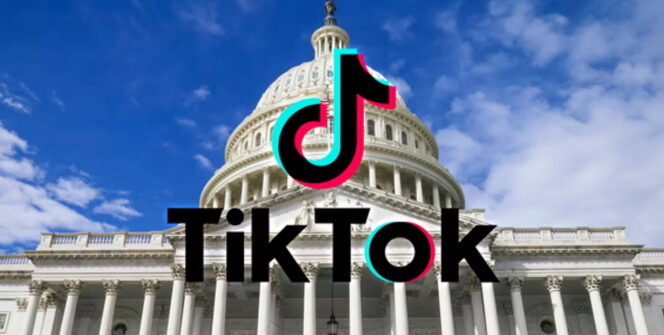
The Role of Public Pressure and User Advocacy
Another crucial factor in TikTok’s speedy return was the overwhelming public outcry. The app boasts a massive user base in the U.S., ranging from content creators to casual viewers, all of whom were vocal about their dissatisfaction with the ban. Social media platforms were flooded with hashtags like #SaveTikTok, with influencers and celebrities joining the movement to demand the app’s reinstatement.
Read more:
- Megan Fox “terminated” Machine Gun Kelly’s parental rights immediately after discovering she was merely his “second choice.”
- SHOCK: Lily Allen nearly broke down upon discovering that her vile ex-husband deliberately tried to “provoke her” by intentionally sending her “happy” photos of him and his new lover.
- Jennifer Garner and Ben Affleck were unexpectedly spotted engaging in actions “beyond friendship,” sparking rumors that she and her boyfriend John C. Miller have “gone their separate ways.”
The backlash put significant pressure on policymakers to reconsider the ban. Many argued that banning TikTok without a comprehensive investigation into its practices set a dangerous precedent for free speech and digital access. Some lawmakers also pointed out the potential economic impact, as many small businesses and creators rely on TikTok as a key platform for marketing and income generation.
Public advocacy amplified the urgency for a resolution, forcing government officials and ByteDance to find common ground more quickly than anticipated.
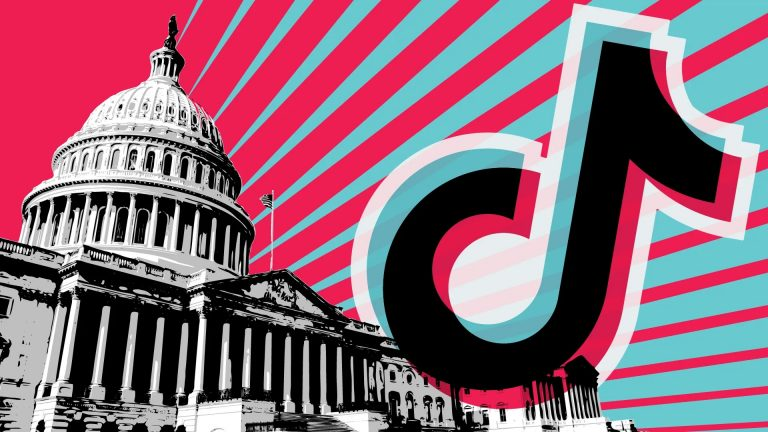
Implications for TikTok and Future U.S.-China Tech Relations
The TikTok ban and its rapid reversal highlight the broader complexities of U.S.-China relations, particularly in the tech sector. While the app’s return was celebrated by millions, it underscored lingering concerns about data security and foreign influence.
For TikTok, this episode served as a wake-up call. The company has since implemented additional measures to bolster user trust, including more robust privacy policies and efforts to localize data management. These steps aim to preempt future regulatory scrutiny and solidify the app’s standing in the U.S. market.
On a larger scale, the incident raises questions about how governments will handle the growing influence of foreign tech companies. As technology continues to bridge global divides, balancing innovation with national security remains a challenging but critical task.
TikTok’s swift return after a U.S. ban showcases the power of strategic legal action, public advocacy, and timely negotiations. This case serves as a fascinating example of how modern technology companies navigate geopolitical challenges. For TikTok users and businesses, the app’s reinstatement is a reminder of its resilience and importance.
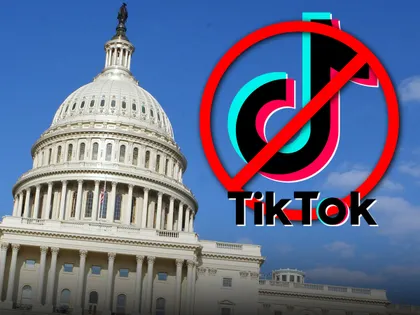
Stay informed about the latest developments in tech and social media. Follow us for more insights into the stories shaping our digital world!


